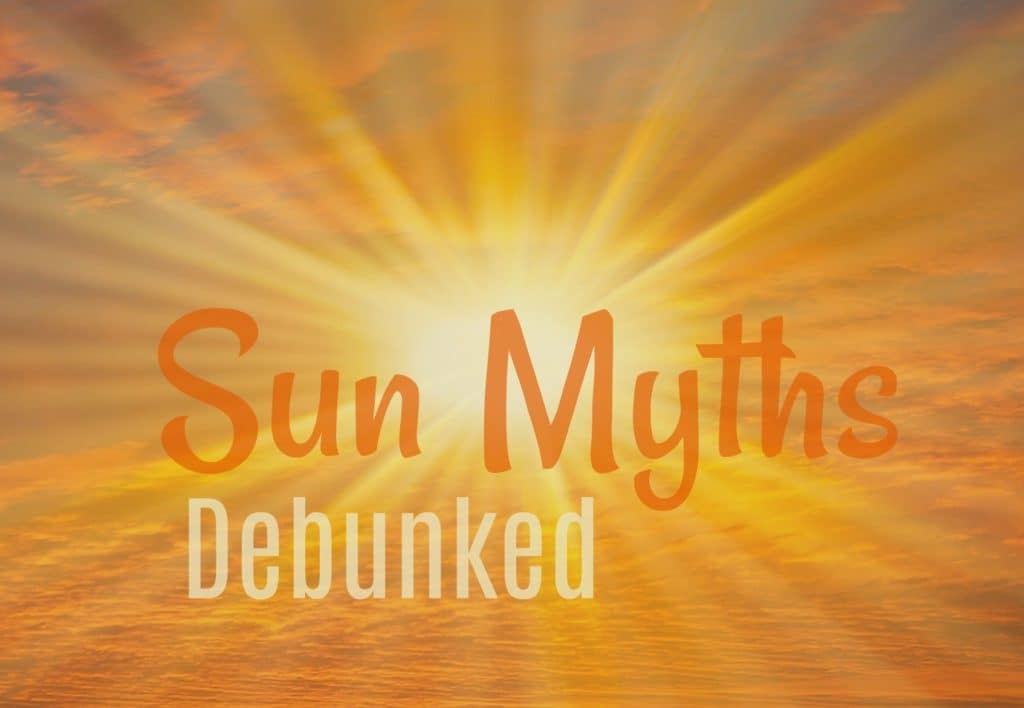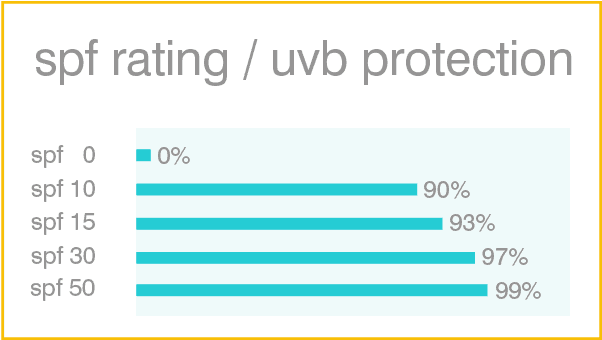
8 Common Sun Myths, Debunked.
July is UV Safety Month, which stresses the importance of protecting your skin from the harmful effects of the sun’s ultraviolet rays. UVB rays burn the superficial layers of your skin, whereas UVA penetrates into the deeper layers of your skin.
The statistics are startling. According to The Skin Cancer Foundation…
- One in five Americans will develop skin cancer in their lifetime.
- skin cancer is more common than all other cancers combined.
- An estimated 90% of skin aging is caused by the sun.
Good news! Sun damage is preventable by taking the proper precautions. Today we are busting eight common myths about sun exposure.
Myth #1: It’s unnecessary to wear sunscreen in the winter
Reality: Protecting your skin against UV damage is a year-round commitment. Even in the winter, the snow now reflects up to 80% of UV rays. Additionally, if you are skiing on the slopes, keep in mind that the higher the elevation, the greater the exposure to UV rays.
Myth #2: A base tan helps prevent skin cancer
Reality: A base tan is no substitute for sun protection. Tanning beds give off UVA radiation, which doesn’t burn the skin like UVB rays, but penetrates deeper into the skin. Bottom line: Damaged skin is damaged skin – there’s no such thing as a “safe” tan.
Myth #3: If it’s cloudy or overcast, you can’t get burnt
Reality: 80% of the sun’s UV rays are able to pass through the clouds and fog. They block most UVB rays but won’t block out UVA rays, which penetrate deep into the skin.
Myth #4: An SPF 30 sunscreen blocks more UV rays than SPF 15
Reality: The FDA recommends using broad-spectrum sunscreen with a sun protection factor (SPF) value of 15 or more. An SPF 15 means you can spend 15 times longer in the sun before burning. SPF 15 sunscreens filter out about 93% of UVB rays, while SPF 30 bout 97%. Don’t forget to reapply every 2 hours or more frequently if sweating or swimming. Timeless recommends SkinMedica Total Defense + Repair Broad Spectrum Sunscreen or ColoreScience Sunforgettable® brush-on sunscreen for daily use.
Myth #5: Sun can’t penetrate through windows
Reality: Glass filters out UVB but not UVA radiation. It is important to wear SPF for your daily commute and if you sit by the office window. Note that damage can be caused from the infrared light emitted from your computer screen or overhead lamps, and UV radiation can penetrate clothing as well.
Myth #6: A tan is safe as long as you don’t burn
Reality: Any change in skin color from UV radiation is the body’s response to damaged DNA in the skin cells. Frequent exposure to UV rays increases your risk of premature aging and skin cancer. Limit your sun during peak hours of 10AM and 4PM when the sun’s rays are at their strongest.
Myth #7: All of your Vitamin D must come from the sun
Reality: There are many other sources where you can get vitamin D from your diet, multi-vitamins and supplements. Incorporate foods high in vitamin D into your diet including fatty fish like tuna and salmon, cheese, egg yolk, fortified milk, and liver.
Myth #8: Most sun exposure occurs before the age of 18
Reality: Contrary to popular belief, studies show that we get less than 25% of our lifetime sun exposure before the age of 18. Sun protection as an adult is still crucial!
Sun safety is always in season! Not only are you are lowering your risk of skin cancer but also preventing premature skin aging with loss of elasticity, sagging, wrinkles, and sun spots. Once the sun damage has occurred, Timeless Skin Solutions offers treatments such as DermalInfusion, Chemical Peels, IPL and PDT for superficial skin cancer. Continue to use proper skin protection year round for healthy, glowing skin that’s always in. 


